Coming Home
The words "spiritual teacher" in the brochure caught my attention. He was the guest speaker at
a metaphysical center I attended in the late 1970's. When he walked into the conference room, I saw a gentle man with a round face and wavy shoulder length yellow hair. He'd come to talk about his book, "Coming Home - The Experience of Enlightenment in Spiritual Traditions." The title was scholarly, shedding light on his PhD background in Comparative Religion. His name was Lex Hixon.
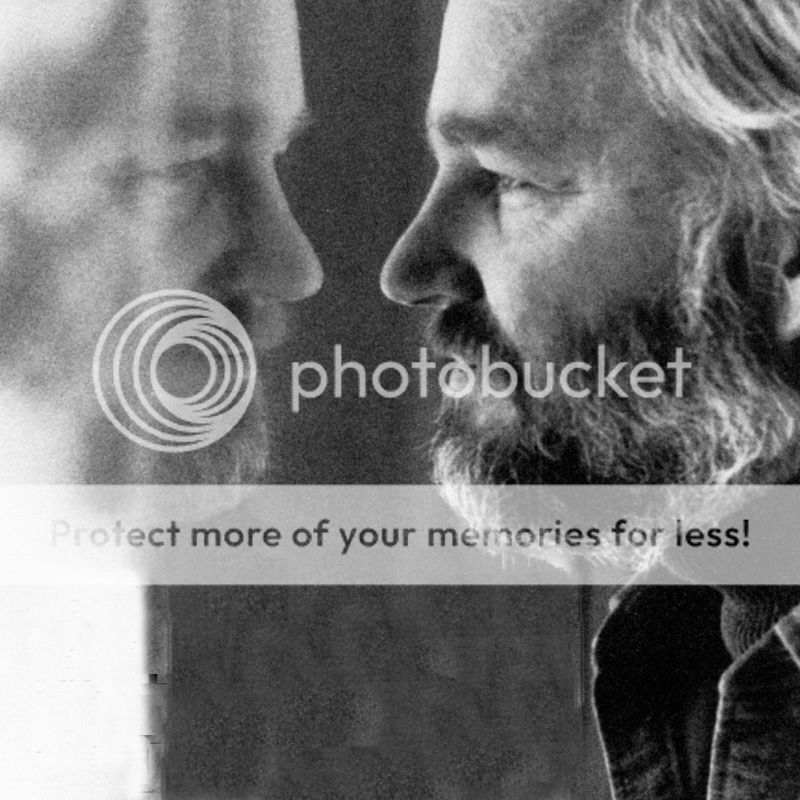 |
a metaphysical center I attended in the late 1970's. When he walked into the conference room, I saw a gentle man with a round face and wavy shoulder length yellow hair. He'd come to talk about his book, "Coming Home - The Experience of Enlightenment in Spiritual Traditions." The title was scholarly, shedding light on his PhD background in Comparative Religion. His name was Lex Hixon.
At the end of his presentation, the audience rushed to meet him carrying their copies of the book "Coming Home" for him to sign. I watched from my seat as one after another shook hands with him, or engaged in brief conversation. As the swell of people diminished I got up to leave. But something stopped me. Turning around I went back towards him wondering, "Why are you doing this and what do you plan to say to him?" In fact, I had nothing to say, but when I stood in front of him, the words, "You are a friend of my soul" came tumbling out of my mouth. As I heard the strange words I thought to myself, "What are you saying to this stranger?"
 |
He took my hand in his and looked into my eyes. The words I'd just said felt like they were taking form. He said, "I know those words. You too are a friend of my soul." Then he asked, "Would you come to my home in NYC tomorrow?" and I, without knowing this stranger, or what I was agreeing to said, "Yes." He gave me his home address in Riverdale overlooking the Hudson and told me to come at 9 a.m.
Continuing this strange meeting, and completely out of character, I told no one where I was going that Saturday morning. On the drive into NYC I kept asking myself, "Are you crazy - No one knows where you're going - You could be meeting an axe-murderer." Yet I kept going arriving at his high rise apartment off the Henry Hudson Parkway exactly at nine. He greeted me at the door in a Buddhist robe, asked me to remove my shoes, then ushered me into a very sparsely decorated Zen home. He then asked me if I knew why I was there. I said no, but was compelled to come. He asked me if I knew how to meditate. I said yes.
Next, he asked if I knew who Kali was. I didn't at the time. So he took me into another room where a large bronze Kali was sitting on a small table with incense, a candle and an altar cloth. There were no furnishings in that room other than a cushion in front of Kali. He asked me if I had a meditation shawl. I said no. He left the room, returning with a long white shawl with maroon borders. He placed it over my shoulders, lit the candle and incense, and told me to sit with Kali and come out when I felt ready. Then he left.
I sat with Kali for almost two hours. I studied her ferocious face and many arms. I meditated. I
 |
We talked a while into mid-afternoon. Then by some unspoken agreement it was time for me to go. I removed the shawl still around my shoulders, folded it, and handed it back to him. He said, "No, that shawl is now yours. I received it from a sage in India and now I give it to you. The Gospel of Sri Ramakrishna is also yours to keep." He walked me to the door, bowed to me and we said goodbye.
Though my time with him was only several hours long, he turned out to be one of the greatest catalysts on my journey on the esoteric path. Though when we met I had no idea who he was or how he would later influence me. You see, Lex Hixon was a mystic who immersed himself in the major religions of the world which he called "parallel sacred worlds." He was a disciple of Swami Nikhilananda of the Ramakrishna-Vivekananda Center in NYC, a well known and respected Sufi master. As host of New York City's WBAI In The Spirit, he regularly interviewed the leading spiritual and religious teachers of the 20th century. This gentle unassuming man was also an artist, musician, scholar, and spiritual author.
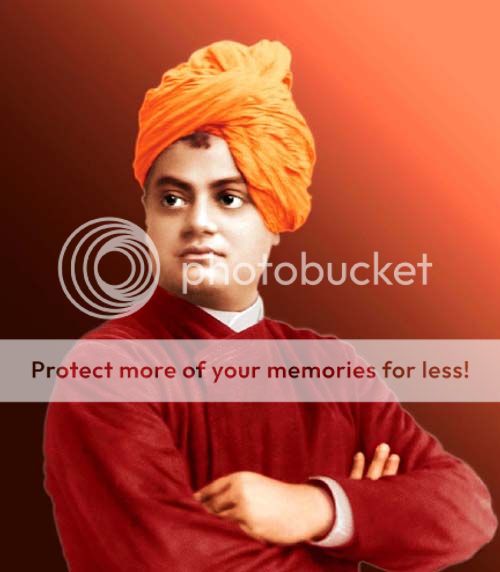 |
His last words to me on that Saturday in New Jersey were, "Wherever you are, be at home!" Little did I know that I'd never see him again for Lex died at age 53. I still have the shawl he gave me, along with The Gospel of Sri Ramakrishna and The Works of Vivekananda. I read The Way of Zen many times. Each time I fondly remembered that Saturday with Lex Hixon.
Though I never saw him again, I knew our connection was real when, 35 years later, on a spiritual retreat, my teacher wanted me to memorize The Heart Sutra. He handed me three different translations and told me to choose one. When I got to page two of the translation I'd chosen tears welled up. It had been translated by none other than Lex Hixon. Lex was right when he told me, "Wherever you are, be at home!" In the briefest moment in time, he was the guide who directed me on the path of Coming Home!
Jo Mooy - August 2017

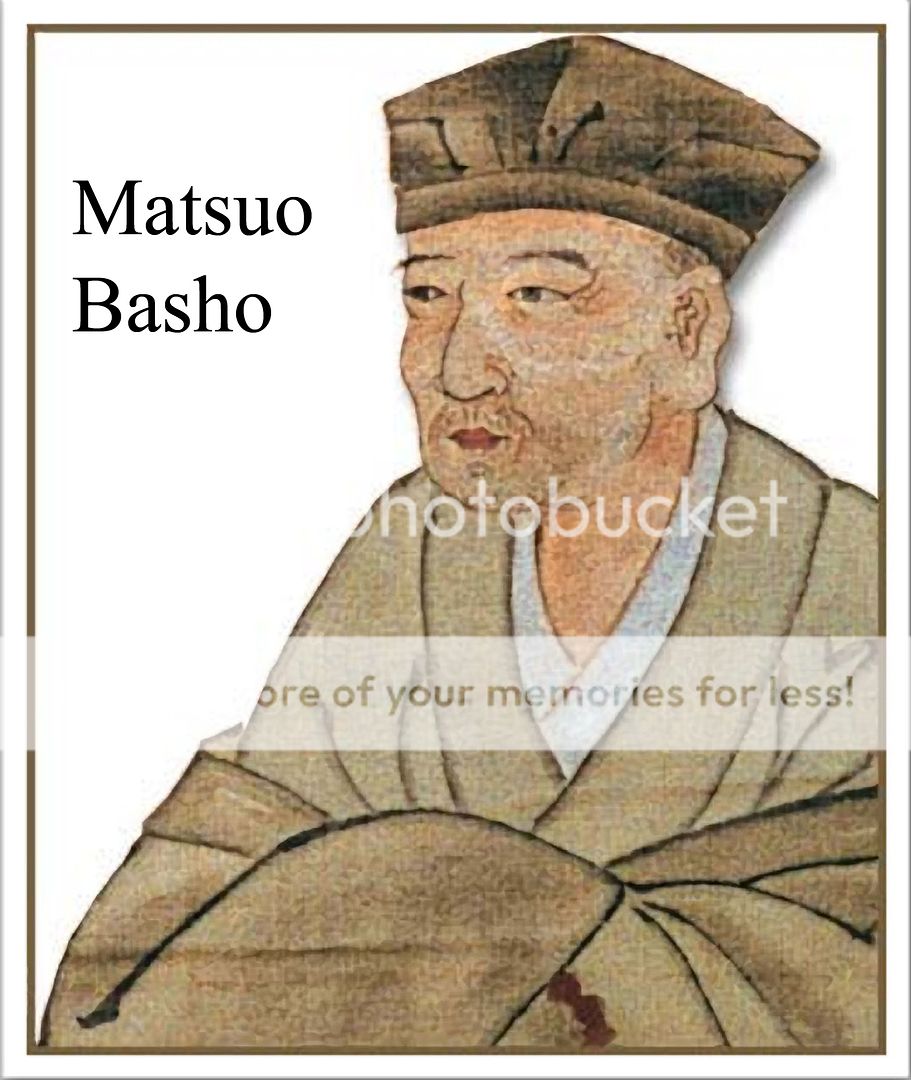

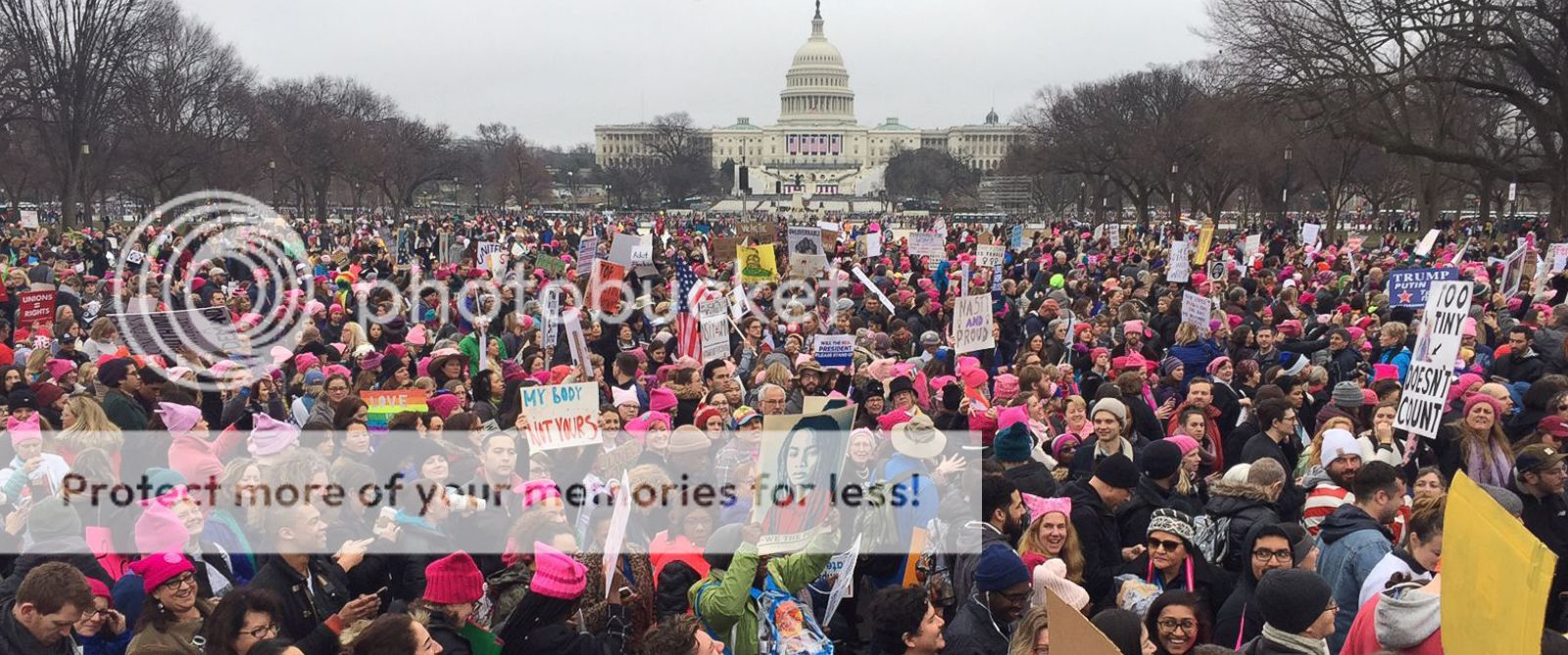
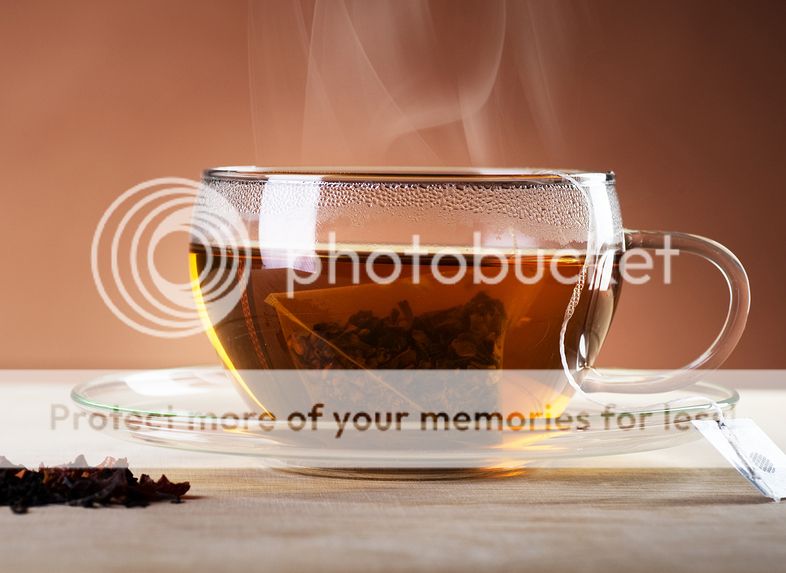



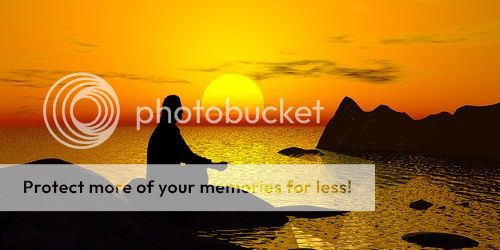

 in other than the approved area! Meditation was only allowed in your room or the meditation hall!
in other than the approved area! Meditation was only allowed in your room or the meditation hall!  reality occurs. The breath becomes a living entity. It can be hot or cold, moist or dry, rapid or slow. It can go in one nostril or both. And during each sit, the experience is different because each breath is different.
reality occurs. The breath becomes a living entity. It can be hot or cold, moist or dry, rapid or slow. It can go in one nostril or both. And during each sit, the experience is different because each breath is different. me or I it. I simply watched it, following my breath, aware of the sensations of fear give way to acceptance coursing through my body. Then the scorpion moved on. I also wanted to experience the magic that they promised would occur on Day 10.
me or I it. I simply watched it, following my breath, aware of the sensations of fear give way to acceptance coursing through my body. Then the scorpion moved on. I also wanted to experience the magic that they promised would occur on Day 10. spasms, muscular aches and pains, chills, and total exhaustion. Walking fifty feet to the mailbox was like running a marathon requiring hours of rest. The doctor confirmed my immune system was compromised from a similar virus I'd contracted in India. He prescribed rest while monitoring it for pneumonia or bronchitis.
spasms, muscular aches and pains, chills, and total exhaustion. Walking fifty feet to the mailbox was like running a marathon requiring hours of rest. The doctor confirmed my immune system was compromised from a similar virus I'd contracted in India. He prescribed rest while monitoring it for pneumonia or bronchitis. required to do anything was non-existent. I couldn't do my daily meditation practices because I couldn't breathe and the coughing was constant. In fact, all I could do was sleep, stare out the window, sleep, watch TV, and sleep some more. It turned out to be a preordained retreat in its own way.
required to do anything was non-existent. I couldn't do my daily meditation practices because I couldn't breathe and the coughing was constant. In fact, all I could do was sleep, stare out the window, sleep, watch TV, and sleep some more. It turned out to be a preordained retreat in its own way.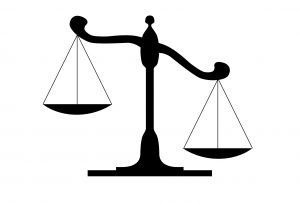 kitchens and bathrooms. With my previous life immersed in daily spiritual pursuits, mindlessly watching TV was a radical behavioral change. But something else was occurring.
kitchens and bathrooms. With my previous life immersed in daily spiritual pursuits, mindlessly watching TV was a radical behavioral change. But something else was occurring.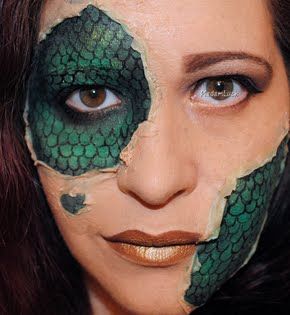 I looked up molting in the dictionary. It means to cast off or shed skin, feathers and the like that will be replaced with new growth. The Zen virus had become my guide. It taught me to take time for trivial pursuits. It gave me permission to do nothing if I wanted to. It showed me how to be quietly observant. It held no judgments. It allowed me to be present moment by moment. And it reminded me that it would lurk in the cells of my body in case I forgot the lessons.
I looked up molting in the dictionary. It means to cast off or shed skin, feathers and the like that will be replaced with new growth. The Zen virus had become my guide. It taught me to take time for trivial pursuits. It gave me permission to do nothing if I wanted to. It showed me how to be quietly observant. It held no judgments. It allowed me to be present moment by moment. And it reminded me that it would lurk in the cells of my body in case I forgot the lessons.